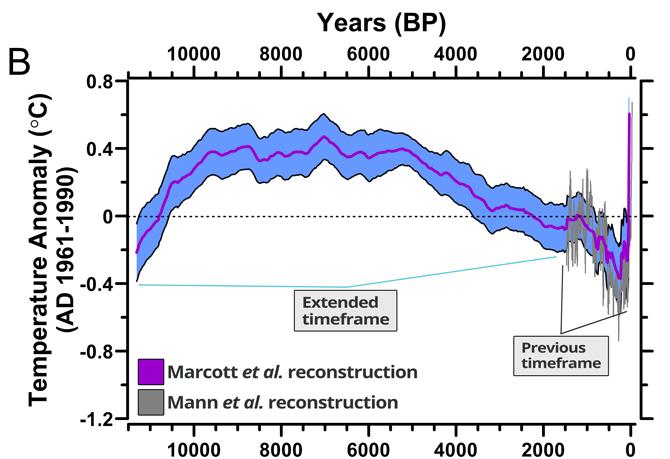Introduction
Climate change is one of the most pressing challenges facing Ethiopia today. The impact of shifting weather patterns can exacerbate socioeconomic vulnerabilities, particularly in impoverished areas.
The Role of Climate Data
Climate data is critical for understanding the challenges posed by extreme weather events. By analyzing historical climate patterns, policymakers can develop strategies to mitigate the impacts of droughts and floods on vulnerable populations.
Mapping Vulnerability
Using geographic information systems (GIS), stakeholders can create detailed maps that highlight areas most at risk. These maps are essential in targeting interventions and resources to the communities that need them most.
Integration with Poverty Alleviation Strategies
Integrating climate data into poverty alleviation programs enhances their effectiveness. This approach ensures that humanitarian efforts are responsive to the realities of climate variability, making them more sustainable in the long term.
Collaborative Efforts
Collaboration between government, NGOs, and local communities is key to effective implementation. Organizations like The Borgen Project are working tirelessly to align climate data initiatives with efforts to fight poverty in Ethiopia.
Conclusion
Utilizing climate data is essential for developing effective responses to poverty in Ethiopia. By mapping out the intersections of climate impact and socioeconomic status, Ethiopia can hope to foster a more resilient and sustainable future for all its citizens.

